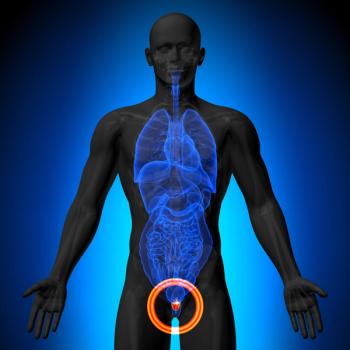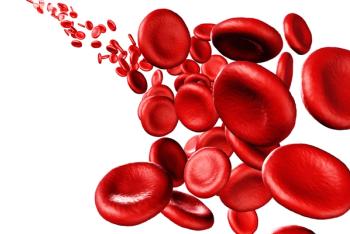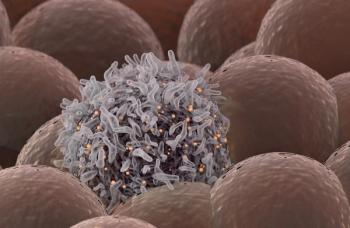
Shorter Radiation After Mastectomy Could Improve Access for Patients With Breast Cancer
If feasible, hypofractionated radiation—large doses of radiation given over a shorter period of time than standard radiation—after mastectomy would provide more patients with breast cancer a tissue-sparing option, according to an expert from the Mayo Clinic.
Hypofractionated proton radiotherapy—large doses of radiation given over a shorter period of time than standard radiation—after mastectomy may lead to greater access for patients with breast cancer, according to an expert from the Mayo Clinic.
During the
He also described other developments related to proton therapy that informed the design of his phase 2 trial comparing hypofractionated and conventional radiotherapy.
Transcript:
Proton [radiotherapy] is under investigation in breast cancer as well as multiple other malignancies because it has the ability to spare more normal tissue. This is especially important in breast cancer because there’s evidence that suggests that there’s a linear relationship between dose to the heart, for example, and rates of late coronary events. There’s strong rationale to adopt newer technologies that enable excellent target coverage and also improved normal tissue sparing.
There’s been a lot of work in the photon world looking at different fractionation regimens. For example, it’s been shown for patients who undergo whole breast radiation therapy that hypofractionation, where the treatment is given in 3 weeks, is non-inferior to conventional fractionation, where the radiation is given over 5 weeks. There are similar rates of disease control in those studies and similar, if not better or lower, rates of adverse events with the shorter treatment course. And so, hypofractionated whole breast radiation with photons, as an example, is now standard-of-care.
We were interested in evaluating whether or not hypofractionated proton therapy was also feasible, and that’s because the postmastectomy radiation proton studies reported to date have all used conventional fractionation over 5 to 6 weeks. We felt that if we could demonstrate that hypofractionation is feasible, this could potentially lead to greater access to this newer normal tissue-sparing technology and also reduce cost in the future. And because the optimal dose for proton postmastectomy radiation therapy was not known prior to our study, we conducted this randomized phase 2 trial.
Reference
Mutter R, Giri S, Fruth B, et al. Phase II randomized trial of conventional versus hypofractionated post-mastectomy proton radiotherapy. Presented at the 2022 San Antonio Breast Cancer Symposium; December 6-10, 2022; San Antonio, TX. Abstract GS4-05.
Newsletter
Stay up to date on recent advances in the multidisciplinary approach to cancer.
































































































